Your cart is currently empty!
Calla Lily Charm: Unveiling the Enigmatic Beauty of Arum Lilies
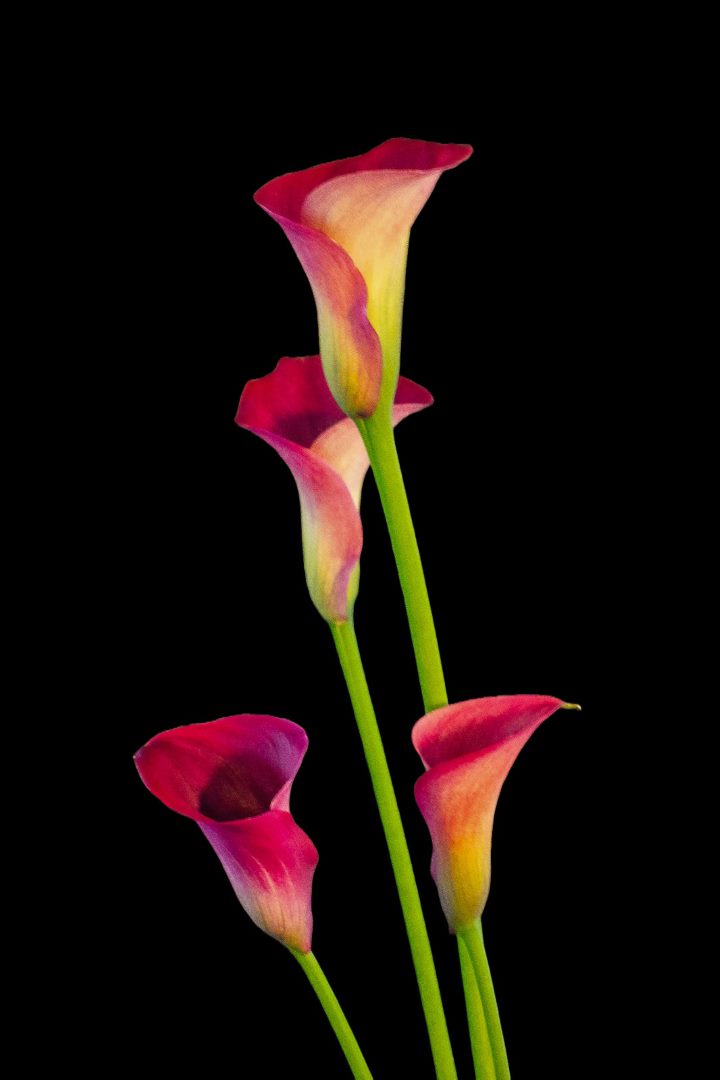
Origins and Symbolism
Callas, also known as arum lilies, have captivated humans for centuries with their elegant trumpet-shaped blooms and enigmatic symbolism. Their origins can be traced back to South Africa, where they grow wild in marshy areas.
- Purity and Innocence: With their pristine white petals, callas embody purity and innocence, often associated with weddings and new beginnings.
- Resurrection and Rebirth: Their connection to ancient Egyptian rituals symbolizes resurrection and rebirth, making them a popular choice for funerals and memorial services.
- Fertility and Abundance: In many cultures, callas are seen as symbols of fertility and abundance, bringing joy and blessings to homes and gardens.
Botanical Characteristics
Callas belong to the Araceae family, characterized by fleshy rhizomes (underground stems) and large, showy leaves.
Flowers:
- Spathe: The trumpet-shaped petal-like structure that surrounds the central spadix.
- Spadix: A fleshy, spike-like structure that holds the tiny unisexual flowers.
Leaves:
- Sagittate (Arrowhead-Shaped): Long, pointed leaves with a heart-shaped base.
- Glossy and Deep Green: Their shiny surfaces and rich color create a striking contrast against the blooms.
Varieties of Callas
There are numerous varieties of callas, each offering a unique shade and size.
| Variety | Flower Color | Bloom Size |
|---|---|---|
| ‘White Swan’ | Pure White | Large (up to 6 inches) |
| ‘Black Magic’ | Deep Burgundy-Black | Medium (3-4 inches) |
| ‘Rosy Glow’ | Soft Pink | Small (2-3 inches) |
| ‘Elliot Hybrids’ | Yellow, Orange, or Peach | Variable (depending on hybrid) |
| ‘Cape Diamond’ | Spotted or Striped with Purple or Yellow | Medium (4-5 inches) |
Growing Calla Lilies
Callas require specific growing conditions to thrive.
Climate:
- Hardy in Zones 8-11: Can tolerate light frost but will need protection in colder climates.
- Prefer Warm Temperatures: Optimal growth occurs between 60-70°F (16-21°C).
Soil:
- Moist and Well-Drained: Callas prefer slightly acidic soil that retains moisture but does not become waterlogged.
- Organic Matter: Amend the soil with compost or manure to improve drainage and fertility.
Planting:
- Rhizome Division: Plant rhizomes 2-4 inches deep and 6 inches apart in the spring or fall.
- Soak the Rhizomes: Before planting, soak the rhizomes in lukewarm water for a few hours.
- Mulch: Spread a layer of mulch around the plants to retain moisture and suppress weeds.
Care and Maintenance
Proper care is essential for healthy and vigorous callas.
Watering:
- Regular Watering: Water callas regularly, especially during hot and dry periods.
- Check Soil Moisture: Allow the soil to dry out slightly between waterings, avoiding overwatering.
- Soak the Rhizomes: During dry spells, soak the rhizomes thoroughly to encourage growth.
Fertilizing:
- Monthly Feeding: Fertilize callas monthly during the growing season with a balanced liquid fertilizer.
- Organic Materials: Incorporate organic materials, such as compost or manure, to provide additional nutrients.
Overwintering:
- Zone-Dependent: In colder climates, dig up rhizomes in the fall and store them in a cool, dry place over winter.
- Mulching: In milder climates, protect callas with a thick layer of mulch to insulate them from cold temperatures.
Using Calla Lilies in Landscapes and Arrangements
Callas add elegance and sophistication to any setting.
Landscaping:
- Borders and Edgings: Create stunning borders or edgings with a row of callas in contrasting colors.
- Focal Point: Plant callas in large containers or raised beds as a focal point for your garden.
- Water Feature: Place callas around ponds or water features to create a tranquil and serene atmosphere.
Floral Arrangements:
- Bouquets and Centerpieces: Calla lilies are exquisite additions to bouquets and centerpieces, offering height and drama.
- Solo Statement: A single calla lily in a simple vase can make a striking statement on tables or windowsills.
- Floral Accessories: Use calla lilies to create floral crowns, boutonnieres, or corsages for special occasions.
Calla Lily Lore and Symbolism
Throughout history, callas have been associated with various folklore and symbolism.
Ancient Egypt:
- Hieroglyphic Symbol: Callas were used in ancient Egyptian hieroglyphics to represent resurrection and rebirth.
- Osiris’s Flower: Associated with the god Osiris, who was believed to overcome death and enter the afterlife.
Victorian Era:
- Mourning Flower: Callas were often used in mourning bouquets and funeral wreaths, symbolizing passing and remembrance.
- Symbol of Modesty: White callas represented modesty and purity, while yellow callas were seen as symbols of jealousy and unfaithfulness.
Modern Day:
- Good Luck Charm: In many cultures, callas are believed to bring good luck and prosperity.
- Associated with the Goddess: Some traditions associate callas with the goddess Aphrodite, who represents beauty and love.
Conclusion
Calla lilies, with their captivating blooms and enigmatic symbolism, have captivated humans for centuries. Their elegant trumpet-shaped flowers, striking foliage, and diverse varieties make them a popular choice for gardens, floral arrangements, and cultural events. Whether you seek to enhance your landscape with their beauty or harness their symbolic charm, callas will undoubtedly bring a touch of sophistication and allure to any setting.


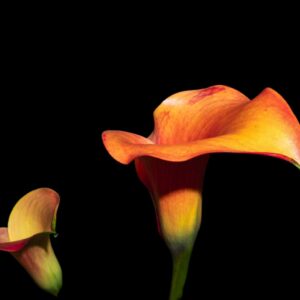
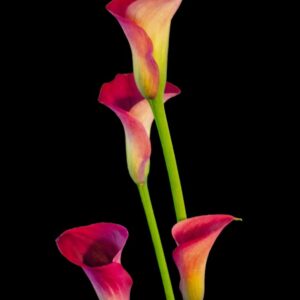


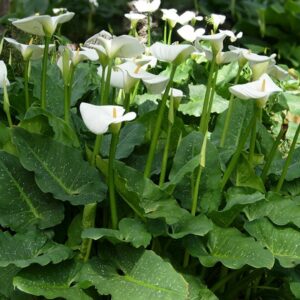
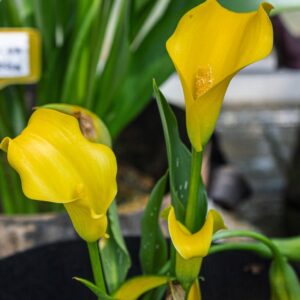
Leave a Reply